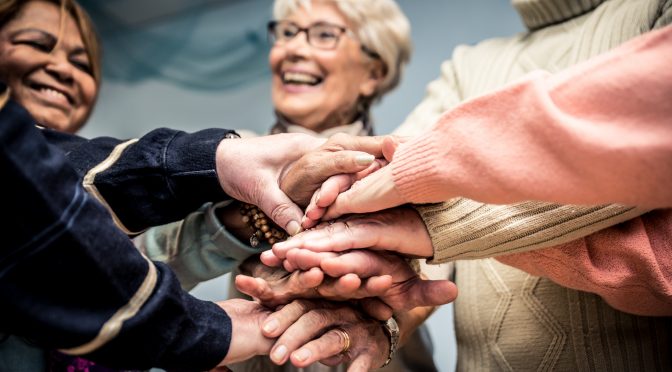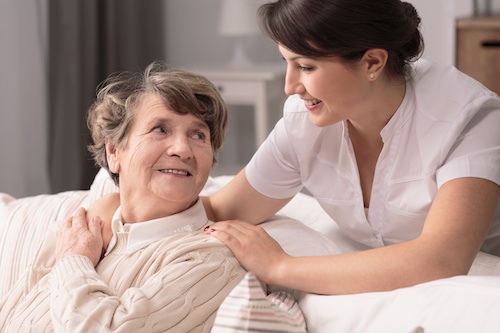Carrying the load of the COVID-19 quarantine continues on. There are some signs of hope on the horizon for those living in long-term care communities. States are permitting visits, with a handful of states still only allowing compassionate care visits. But with a majority of restrictions still in place. keeping motivated to carry on is difficult.
Keeping Motivated
Motivation can be hard to sustain. Burnout, compassion fatigue, frustration, and the emotions of all that has happened in the past seven months can be overwhelming. While the changes in visitation provide much-needed relief for residents, the work of direct care workers to keep communities safe and sanitized continues.
Responding to Challenges
While challenges remain, everyone has choices and some control over their responses. The load is heavy and burdensome, but how you respond is key. According to Lou Holtz, “It’s not the load that breaks you down, it’s the way you carry it.” How do you carry such a heavy and seemingly unrelenting load?
Carrying the Load
Part of your response can be to put down the load when you can. Self-care is critical. Breathing is essential. Taking long, deep breaths for as little as five minutes can help relieve stress. Engaging in exercise, especially a walk outside, can help. These practices can help you maintain energy and motivation.
Another way to carry the load is to remember you are not carrying it alone. Share your feelings and burdens with someone who understands. Talk to a colleague who can relate. Remember that there are several people keeping direct care workers and essential workers in prayers and positive thoughts.
Also remember there are several people who appreciate your work and dedication. By carrying the load, you are helping families carry their caregiving loads, too.
Kathy Dreyer, Ph.D., is an Advisor at AGE-u-cate® Training Institute, which develops and delivers innovative research-based aging and dementia training programs such as Dementia Live® and Compassionate Touch®, for professional and family caregivers; kathy.dreyer@ageucate.com



